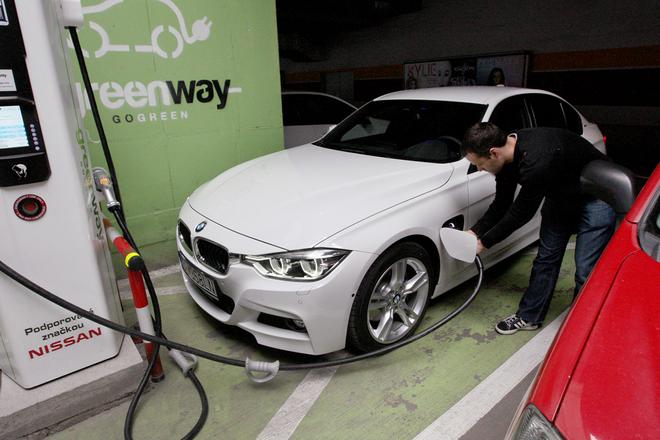Fitch Ratings announced on February 10 that it has affirmed Slovakia’s Long-Term Foreign and Local Currency Issuer Default Ratings (IDR) at A+ with a stable outlook. The agency highlighted, as cited by the Pravda daily, th country’s “robust and credible economic framework”, including a solid banking sector, the country’s eurozone membership and proven ability to attract foreign investment as main drivers of developments.
Fitch foresees Slovakia’s GDP growing at 3.3 percent in 2017 and 3.5 percent in 2018, while the figure for 2016 stood at 3.3 percent. The country’s public debt was stabilised in 2016, at 52.5 percent of GDP, and should decline gradually to 44 percent of GDP by 2026.
Investments should benefit from a recovery in drawing EU funds, which is expected to equal €15.6 billion (20 percent of GDP in 2015) over the 2014-20 financial period, and continued foreign investment in the car industry, including the new investment by Jaguar Land Rover in Nitra. The overall annual output of all four carmakers (i.e. Jaguar Land Rover plus Volkswagen, Peugeot-Citroen and Kia) in Slovakia should increase by 150,000 vehicles by 2020, the TASR newswire wrote.
Also, falling unemployment (9.0 percent in November compared to 10.9 percent the year before) will support growth in household consumption, expects Fitch.
Positives and negatives of the status quo
However, it pointed to a relatively high GDP volatility, which is due to Slovakia’s concentration on the car industry (44 percent of industrial production and 35 percent of exports in 2016) and high external openness.
The rating was also inhibited by high net external debt, amounting to 38 percent of GDP in 2016. Nonetheless, recent improvements in the current account should support a decline in net external debt, the agency noted.
Meanwhile, the agency expects the public administration deficit to decline from 2.2 percent of GDP in 2016 to 1.8 percent in 2017 and 1.0 percent in 2018, with the government’s two main priorities being the construction of a Bratislava motorway bypass and the aforementioned Jaguar Land Rover plant in Nitra, TASR wrote.



 Illustrative stock photo (source: SME)
Illustrative stock photo (source: SME)